https://www.lifegate.it/regina-elisabetta-grande-amore-per-gli-animali
- |
It is a fact that it is now an icon of our time.There queen of England – Elizabeth II – has ruled the English monarchy for seventy years now, and has overcome scandals, wars, political leaders, social changes unscathed, without ever losing its aplomb and its innate charisma.But there is something that constitutes an irreplaceable and ever-present help for the queen in her life, even though it is full of pain and losses:his love for animals. Dogs And horses they have, in fact, constituted a safe refuge and a constant leitmotif for Elisabetta.And this is precisely what we want to talk about with the help of a great expert in the world of British royals:my friend Luisa Ciuni, author of a truly unmissable book on the human story of Elizabeth II.And on the most hidden aspects of his personality.
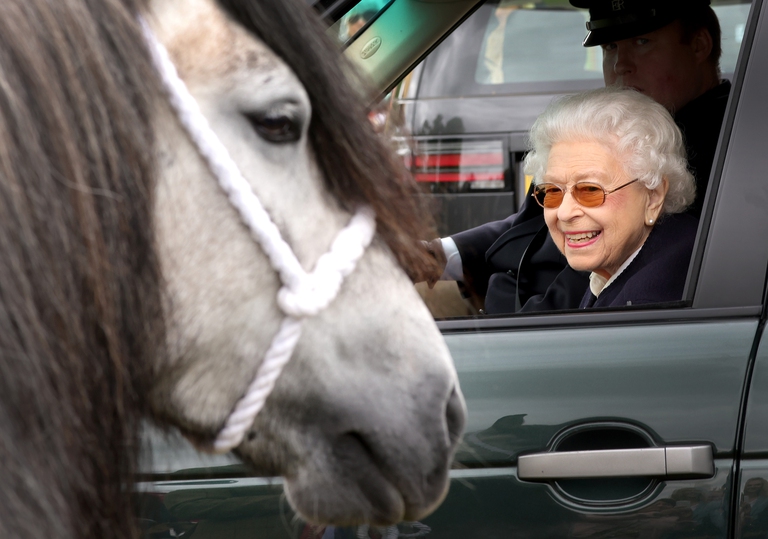
Elizabeth II and nature
In Elizabeth.The last queen, Luisa Ciuni ed Elena Mora retrace the story of the woman who is now an undisputed character of our time (even her recent haircut is trendy and, I would say, that for a woman of 96 years accomplished is already a good record).In the iconography of this exceptional woman, her close relationship with nature and animals, domestic and wild, is famous.
“Elizabeth II has always lived among dogs and horses, while there is only one photo of her with a cat”, Luisa tells me.“Don't you love them?No, the queen never reveals her tastes.Certainly, however, he mainly appreciates the company of others pets (no quirks for her) and loves it wildlife which has been enjoyed for years mainly at Balmoral, his estate in Scotland which is very rich in it.The herds of deer that populate the immense park are famous.Despite this, in his possessions they often organize themselves hunting trips, right in Balmoral for example, where it is also practiced salmon fishing.The queen asks only one thing.May the meat not be wasted.What you don't eat is sold to the butcher's shop in the nearby town."
A queen attentive to the accounts, therefore, but certainly with an ecological sensitivity that reflects her 96 years and who still favors hunting and fishing as per good Anglo-Saxon tradition.“As for the furs, however, he no longer buys them and has given orders that all the borders of his clothes be made of sustainable fabrics.Continue using the old ones because they are now there and it would be a shame to throw them away." adds Ciuni.
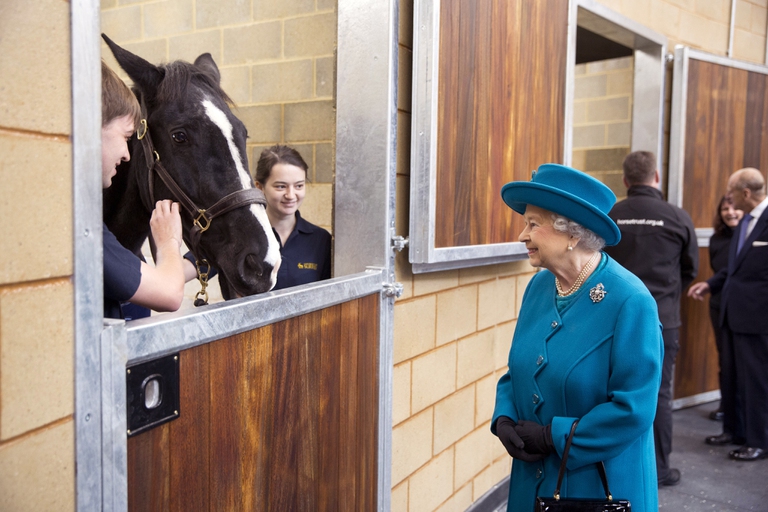
The queen and her dogs, inseparable friends
The figure of the queen walking surrounded by her purebred dogs corgi it is as much a part of Elizabeth's iconography as the bag with the handles and the hats.But the Windsors have always been passionate dog lovers.Like most English people.“When his father George VI he gives her her first corgi – a named puppy Dookie – the family already has six other dogs of the most varied breeds.To keep Dookie company, he arrives Lady Jane starting a history between this race and his majesty that still lasts.Together with the dogs of this breed Elisabetta occasionally also breeds some 'fruits of sin', generally crosses between her dogs and dachshund of his mother or daughter Anna, which are called dorgi”.
“Today's dorgi is called Candy and he is very old.He keeps company with Muick And Sandy, two corgis gift of Duke of York.A third, who was given to her as a puppy to try to console her for the death of Duke of Edinburgh, died almost immediately, leaving her inconsolable,” Luisa tells me.Even though she swore that she didn't want any more puppies given her venerable age, the queen didn't keep her promise.And another dog - it seems to be female - has been accompanying her for almost a year now, an inseparable companion on royal travels and official visits.Among them at least fifty corgi that Elisabetta raised, the figure of Susan, the most loved dog who also has a tomb where words of sadness and regret have been engraved.The dogs that surround the queen today are almost all her descendants.
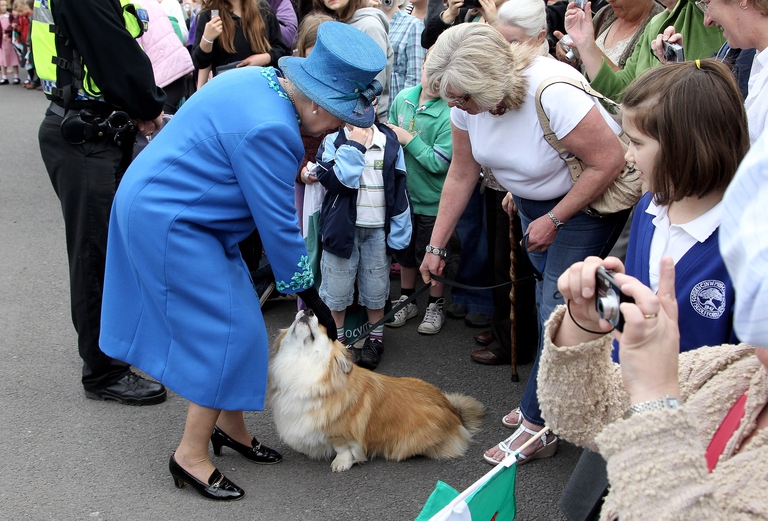
As long as she could, Elisabetta walked every day with her dogs for whom she prescribes herself homeopathic treatments (“if they're good for me, they're good for them too,” he explained) and is followed by one natural and homemade diet.The dogs all sleep together in a private room just outside the royal apartments.Within sight, one might say, but also within earshot in case one of the little ones had any problems at night and needed attention.
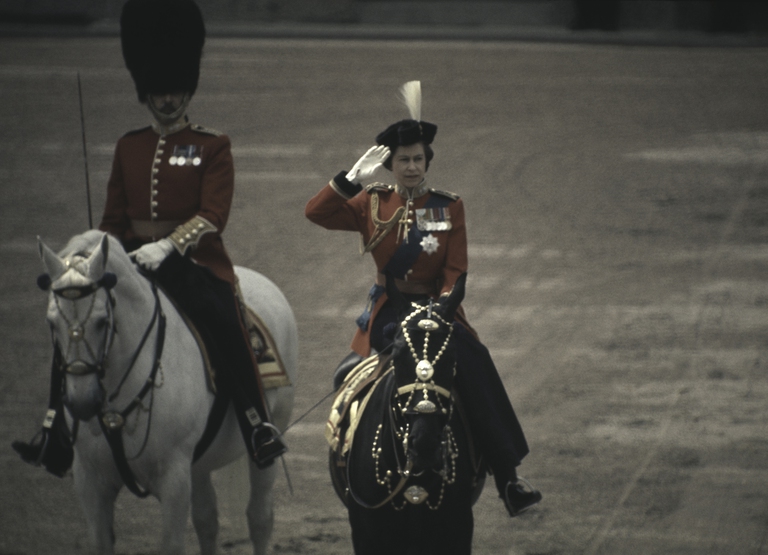
The passion for horses
If Elisabetta loves dogs, this love is nothing compared to the love she has for horses, her true hobby, her entertainment, her great passion.Even today, we only see laughter, cheering and angry gestures at Ascot or other equestrian events, the only ones where she loses her sovereign aplomb.“Elisabetta would have wanted to be a breeder if her life had been different and, for many years, together with Lord Henry Porchester, Earl of Carnarvon, director of his stables (and, incidentally, owner of the famous Downton Abbey) took some time away from her beloved Balmoral to tour the best stud farms in Europe and the world to look for thoroughbreds for her stables, much to the annoyance of the Prince Philip who considered it a waste of time.The monarch's passion for horses was born when she was still a child, when she managed to collect well thirty wooden horses that feeds and puts and read every evening.At the age of four years her father gives her a pony named Peggy”, explains Luisa Ciuni.
Elizabeth's first steps on horseback are not easy.She is thrown against a tree, another time she takes a blow to the jaw, but nothing stops her and this seems to be a dominant trait of her character.He rides with only a scarf on his head and, until recently, went out on horseback whenever his schedule allowed.English newspapers recently reported that he continues his morning walks, but there are no photos of these rides.
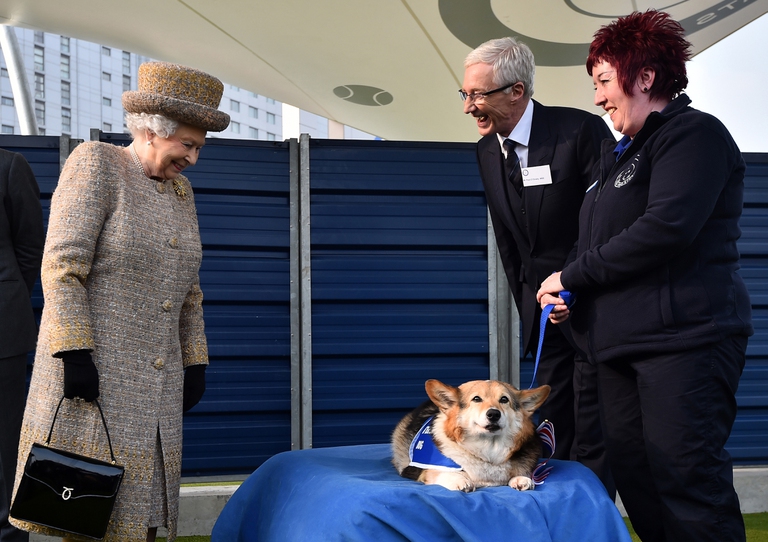
A piece of history
“His favorite horse was Burmese, gift of Canadian Horse Guards and the last stallion of his life, before having to start riding ponies again.Then there was Sanction and the beloved Betsy.A story of unbridled passion”, remember Ciuni now.And, as always, the indomitable Elisabetta also dictates the law in the field of love towards animals, involving those who follow her as an example and adore her as a figure of our time.
“In my opinion, the English have a relationship with animals that dates back much longer than ours and is more evolved.And Elizabeth, who is the symbol of the Anglo-Saxon people, is the living demonstration of this.In Italy we've been talking about it for a few years animal rights and, many times, in daily life they are made too similar to humans, which is not good for them.Let's forget about the phenomenon of buying a dog or cat as a gift, a whim or a mere status symbol.We should learn more, not just from the English, and launch some cultural campaigns to raise awareness of the animal world and how to live with it”, concludes Luisa.And, I would add, always take an example from this indomitable woman who, with her life, has become the paradigm of what can be achieved with dedication, work, love and sacrifice.
